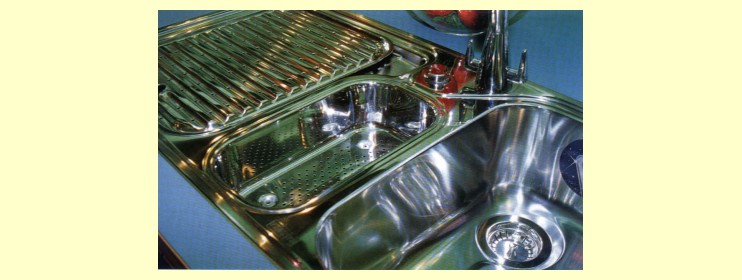  Silicones
for Gloss Silicones
for Gloss
Silicones are also used in polishes. These
contain not only components such as abrasives, surfactants,
fragrances, water, solvents, hard and soft waxes, but also
linear polydimethylsiloxanes. Thanks to their low surface tension,
they improve the ease with which the cleaning agent wets the
surface to be cleaned. Their low level of molecular interaction
makes the polished surface more slippery. They also impart
gloss and color saturation to the treated surfaces, this effect
increasing in proportion to viscosity of the silicone concerned.
Silicones are also noted for their water repellency. Unfortunately,
though, they have poor adhesive properties. Consequently, the
various demands just listed have to be met with silicones modified
with special functional groups.
Aminofunctional silicones bestow extensive weathering resistance
on polishes while also improving adhesion to many substrates.
 |
| Silicones are added to kitchen cleaners and polishes
so that we can all enjoy our clean, shiny work surfaces
for that little bit longer. |
Besides the kitchen sink, silicones also
shine and protect a wide range of items, such as shoes, leather,
furniture, floors, cars, floor tiles and plastics. |